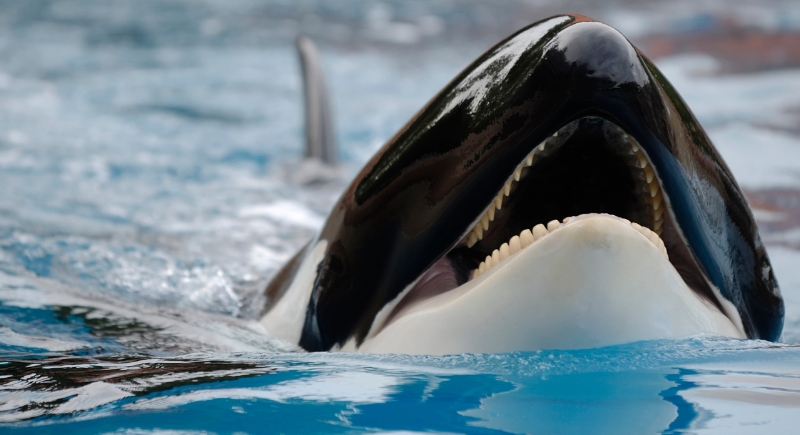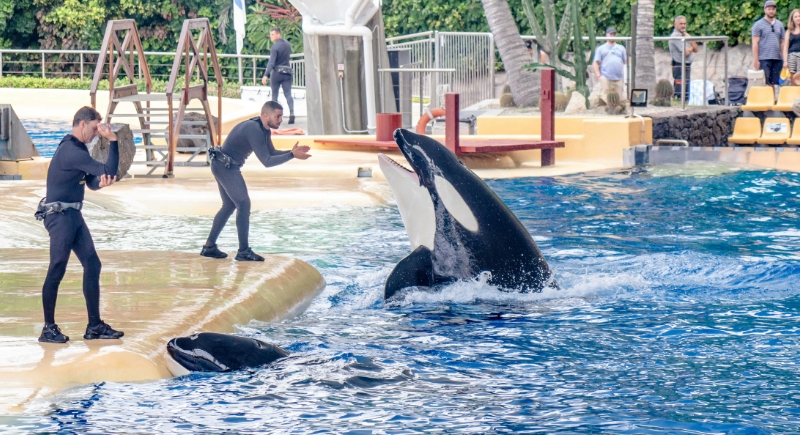Scientists Have a Few Theories About Why Killer Whales Don’t Hunt Humans
Killer whales are among the ocean’s most powerful predators. They can prey on stingrays, seals, porpoises, and even massive baleen whales. They are also known for disrupting great white sharks and driving them from feeding grounds and, in some cases, killing them.
Despite this dominance, surprisingly, there are no verified records of wild killer whales deliberately hunting humans. Instead, recent studies show that in some rare circumstances, orcas have interacted with people in surprising ways, including offering food. These behaviors highlight how complex these animals are compared to the image of ruthless predators.
The Picky Eaters of the Sea

Image via Getty Images/Serega
A primary reason orcas do not target humans is their highly specialized diets. Different populations, called ecotypes, feed on specific prey, and these preferences are passed down through maternal teaching. Some orcas consume only fish such as salmon or herring, while others specialize in marine mammals.
These dietary traditions are stable across generations, and switching prey types is highly uncommon. Because humans were never part of their established prey systems, orcas show no natural interest in us as food.
Unlike sharks, which sometimes bite humans due to mistaken identity, orcas use echolocation to navigate and hunt. This allows them to build detailed acoustic images of potential prey and distinguish between shapes and sizes in the water.
This advanced ability is the most likely reason why orcas don’t confuse humans with their typical prey. While their sonar capabilities are still being studied, there is no evidence that orcas perceive people as a viable food source.
When Orcas Bring Gifts
Documented research has shown that wild orcas sometimes present prey items to humans. Over a 21-year study, scientists recorded 34 cases in which orcas offered fish, rays, squid, seabirds, and even a turtle.
These offerings occurred in various contexts: to people swimming in the water, standing on boats, or even on shorelines. In many of these cases, the orcas remained near the humans after dropping the item, and in some situations, they repeated the gesture if the offering was not accepted.
Food sharing is a common behavior among orcas within their pods. They frequently divide prey as a way of maintaining strong social bonds. The extension of this behavior to humans is rare but well documented. It represents a unique example of how an established social behavior among orcas has occasionally been directed toward another species.
A History of Working With Humans

Image via pexels/Atlantic Ambience
Human–orca cooperation has also been documented historically. In the whaling town of Eden, Australia, orcas once worked alongside hunters. During the late 1800s and early 1900s, they drove baleen whales into Twofold Bay, where whalers waited with harpoons. The reward was simple: cuts of meat that people didn’t want, usually the lips and tongues. Locals came to call this deal the “Law of the Tongue.”
One orca in particular, known as Old Tom, stood out. His skeleton now rests in the Eden Killer Whale Museum, where it recalls a time when human survival and animal instinct briefly intersected in a shared hunt.